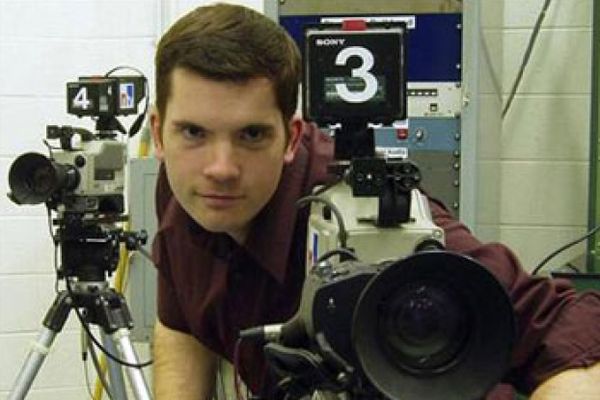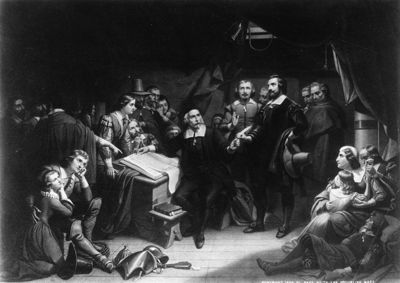Sandy Hook didn't look like Sandy Hook, or at least the Sandy Hook that I know. I once worked in Newtown, Conn., as a reporter for the local daily newspaper. I lived (still do) 10 minutes from the center of Sandy Hook, a red-brick section of Newtown complete with antique shops, eateries, offices and 18th-century homes. Sandy Hook is where I made friends, quaffed beers and fished the Pootatuck River.
On Dec. 15, 2012, I didn't recognize the place. As I drove down Glen Road, which curves around the rushing Pootatuck, I spied CNN's Wolf Blitzer, his white beard awash in lights, talking into a microphone. Wolf wasn't the only reporter in the "Hook." TV satellite trucks from Canada, New York City and environs unknown crowded Church Hill Road, Sandy Hook's main thoroughfare. Reporters from Japan, Germany, France and goodness knows where else, begged for on-camera, on-air, on-the-record interviews. "How do you feel?" "Did you ever think a thing like this could happen here?"
Advertisement
Chances are you know what drew the media to this obscure little burg. Evil visited the day before as a crazed boy gunman murdered 26 people, including 20 children, at Sandy Hook Elementary School. Hours later, the media began its nonstop, carpet-bombing coverage of the tragedy. Eventually, Blitzer et al. left. On to another story. I knew the drill well.
A month later, 3,000 miles (4,828 kilometers) away, a 16-year-old boy took a gun into a Taft, Calif., high school and shot a classmate. When I read about the crime, I couldn't help but wonder whether the 24/7 Sandy Hook media coverage had trigged something in the student's head that January day, causing him to pull the trigger. Was this a copycat crime? Was the Sandy Hook news coverage to blame for the Taft shooting? We'll never know.
That's the problem linking so-called copycat crimes to news coverage. Most studies cite anecdotal evidence that news reports of sensational crimes generate similar types of assaults in the days and weeks after.
"Epidemics of crime follow the telegraph," criminologist Gabriel Tarde said in the early 1900s, first explaining the phenomena he termed suggesto-imitative assaults [source: Surette]. Although the telegraph is obsolete, Tarde's suggesto-imitative assaults now seem to follow the airwaves, cable television and the Internet.
Advertisement


